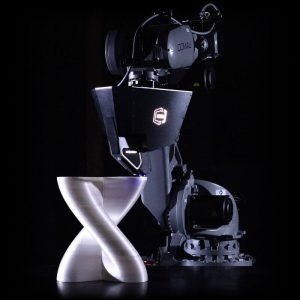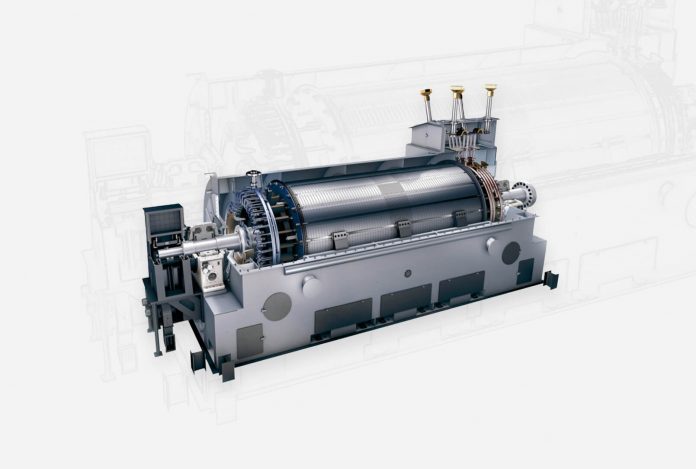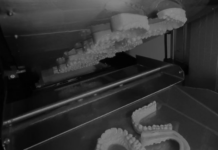Among the startups aiming to disrupt 3D printing and composites manufacturing is Continuous Composites, based out of Idaho.
The company’s Continuous Fiber 3D Printing (CF3D) technology offers a number of benefits, not the least of which is the ability to 3D print and orient continuous fiber reinforcement materials along optimal pathways. Continuous Composites demonstrated the possibilities of this technique through the production of generator parts for Siemens Energy.
Working for multiple years alongside the tech giant, as well as, material company Arkema, Continuous Composites was able to develop a Glass Fiber Reinforced Polymer (GFRP). With a glass transition temperature (Tg) of 227°C, the high temperature thermoset polymer is capable of producing large, complex parts impossible with conventional composite fabrication methods. The material demonstrated Fiber Volume Fractions (FVF) of over 50% with a void content of less than 1.5%.

The partners leveraged the material and CF3D process to 3D print several generator parts that typically would be made using metal casting, a process that can be expensive and require substantial lead times. The GFRP, however, demonstrated the temperature requirements for Siemens Energy generators and other applications.
According to the companies, 3D printing GFRP parts with the CF3D process could result in five times fewer manufacturing costs, as well as a reduction of lead times from eight to 10 months down to three weeks. The partners project $1 million in energy savings resulting from long-term downtime from energy equipment.
Most power generators convert the mechanical force of a rotating machine into electric power, with the motion between a magnetic field and a conductor creating electrical current. Though the majority of power stations use fossil fuels to drive the rotating mechanism, other energy sources, such as nuclear power and renewables are increasingly deployed to drive such generators as those in the Siemens-Continuous Composites project.
The extent to which Siemens will actually use the technology to produce metal replacement parts for energy production is unclear. So far, this seems to be a demonstrator case, with no public announcement related to actually deploying CF3D to 3D print generator components. But, because there is little public information about how CF3D is being used by customers, this seems to be a first glimpse into the applications of the technology.


















































